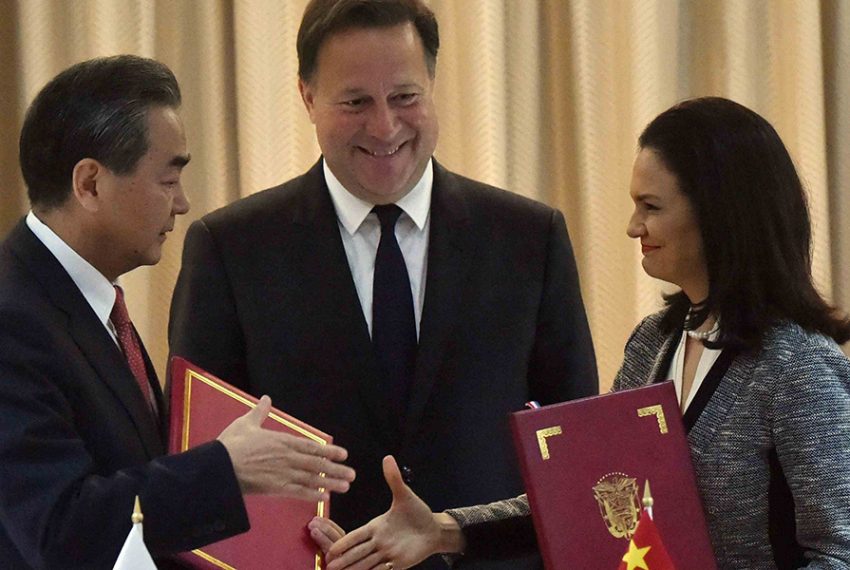
Big news is in the making on the Panama-China front. Just five months after breaking diplomatic ties with Taiwan, President Varela paid his first state visit and raised the Panamanian flag in Beijing, inaugurating the first Panamanian embassy in the country.
There’s no business without (show) politics
The trip was equal parts politics and business, as President Varela was joined by a serious line up of political and industry leaders in China to simultaneously lay the diplomatic groundwork and further open up commercial opportunities.
As Jorge Quijano head of the Panama Canal Authority has noted before, in the absence of diplomatic relations in the past, the platform for investments from China had been hamstrung for decades, underdeveloped and lagging under the fledgling commercial outposts opened between the countries in 1996.
So, the argument went, as China aggressively began to court Latin America over the last decade, how could Panama possibly have worked with the new player in town without diplomatic ties in place? Or, as news of China’s pledge to invest $250Bn between 2015 and 2025 unfolded, how could Panama have hoped for a level playing field in negotiations?
No wonder then that Varela kickstarted his trip by reiterating his commitment to the One China policy (officially sidelining Taiwan) as the biggest diplomatic olive branch.
Everyone’s a winner
And that’s why the close to 20 agreements that have been in the works over the last few months — covering everything from security, education, transportation, energy, agriculture, aviation, tourism and more — and were signed on the trip are BIG news.
They (and the other ten or so that will be ready for signatures in the coming months) will serve only to solidify the relationship — both political and commercial — and position Panama as a key partner to China in Latin America, which China will need in both arenas as it works to solidify its presence in the region.
And, as Panama today lags behind as China’s eighth largest trading partner in the region, the benefits (and dollar revenues) for Panama can only grow from here.
A win win for both — and, if all goes well, the potential of a level playing field for Panama.
The commercial agenda
The Ministry of Commerce and Industry (MICI)’s list of 47 corporate chiefs and others who accompanied President Varela included bigwigs in the logistics, agribusiness, tourism, telecom industries, and — naturally — infrastructure.
They joined President Varela at two business summits to meet over two hundred of their Chinese counterparts — the first in Beijing, the second — traveling by bullet train — in Shanghai, home to the world’s largest commercial cargo port. Fitting, given the Canal expansion projects, right? And the fact that one in five of all vessels crossing the Canal originate in China.
The Chinese not only listened to Panama’s sales pitch; better yet, they heard success stories from Huawei and China State Construction, who are at the forefront of the approximately 30 companies operating in Panama today. Huawei’s foray into Panama in 2015 is now worth $40 million and its plans are to expand, not just its traditional ventures, but in the fields of education and health — including by endowing scholarships for Panamanian college students to study in China. Clearly, Huawei was suggesting, the impetus for Chinese companies to make their mark in Panama is wide — and welcome.
Top of the agenda: infrastructure and tourism
Over the last few months, President Varela has most visibly been seeking new commercial opportunities under President Xi’s One Belt One Road (OBOR) initiative, such as infrastructure development, where China could participate in Panama’s port, railway and urban construction, and build industrial parks in Colón.
But as importantly, the trip highlighted how high tourism was on President Varela’s agenda. On their trip to Shanghai, the delegation also played host to the Panama Fest tourism expo, where Panamanian industry reps rubbed shoulders with Chinese companies and tour operators. Any future projects stemming from those meetings can build on plans to launch flights from Beijing to Panama City (via Houston) as of March 2018, as well as plans to build cruise ports along the Pacific and Atlantic coasts.
And, to make it actually happen, two Panamanian consulates will soon be built in Shanghai and Guangzhou, while a favorable visa policy for Chinese citizens is already in effect, speeding up visa processing from 6 months previously to 28-48 hours. Bring it on!
The timing’s right
The timing couldn’t be better for Panama. Affected by the global downturn and uncertainty about the future of U.S. trade policies under the Trump administration, Panama is right to divert its attention from the U.S. to China. So let’s see when China, the second-biggest client of the Panama Canal today, overtakes the U.S as Panama’s biggest Canal customer and who knows…new best friend?
Interested in more in-depth analysis on Panama-China relations? Click here to subscribe to Panama Equity China News.

